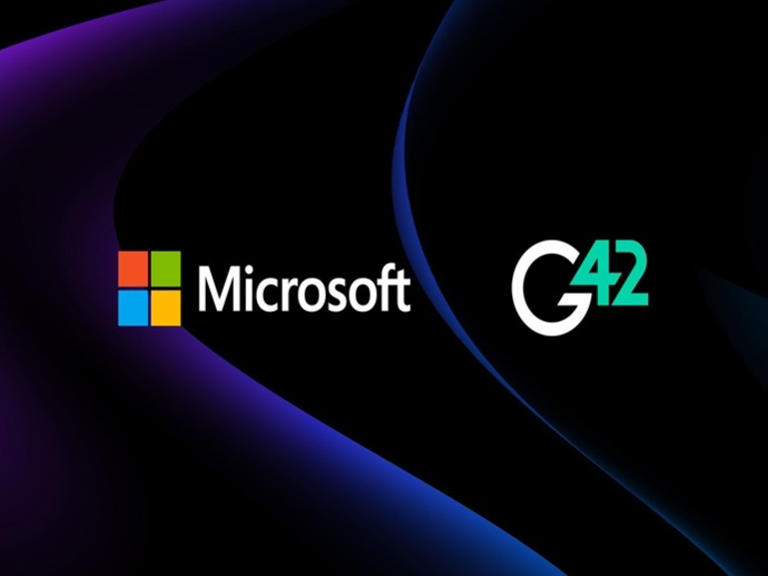Nanda AI Model Unveiled at the UAE-India Business Forum in Mumbai.
Microsoft-backed G42, an artificial intelligence (AI) technology company based in Abu Dhabi, has officially launched a large language model (LLM) tailored for Hindi-speaking users in India. The model, named Nanda, is designed to cater to the diverse linguistic needs of the Indian population by being trained on extensive datasets in Hindi, English, and Hinglish. This generative AI model is the result of a collaborative effort involving notable entities such as the Mohamed bin Zayed University of Artificial Intelligence (MBZUAI) and Cerebras Systems. Although the specific applications for Nanda have yet to be disclosed, the initiative highlights G42’s commitment to expanding AI accessibility in regional languages.
Nanda was introduced by G42 India CEO Manu Kumar Jain during the UAE-India Business Forum in Mumbai, an event attended by prominent figures including the Crown Prince of Abu Dhabi, Sheikh Khaled bin Mohamed bin Zayed Al Nahyan, and India’s Union Minister of Commerce and Industry, Piyush Goyal. The model derives its name from Nanda Devi, the second-highest mountain peak in India, symbolizing the company’s ambition to reach new heights in AI development. The launch signifies a significant milestone for G42 as it looks to strengthen its presence in the Indian market and cater to a broader audience.
The specifications of the Nanda model are impressive, with Jain revealing that it consists of 13 billion parameters and was trained on a massive corpus of approximately 2.13 trillion tokens. This extensive training data ensures that Nanda can understand and generate language with a high degree of fluency in both Hindi and English. Moreover, Jain emphasized that the model’s bi-lingual capabilities extend to Hinglish, which combines elements of Hindi and English, particularly popular among the younger demographic in India. This linguistic versatility makes Nanda particularly relevant in a multicultural society where code-switching between languages is common.

G42’s foray into the Indian AI landscape follows the release of their previous model, Jais, which focused on Arabic and English languages. The transition to developing a Hindi-centric model underscores G42’s strategic vision to localize AI solutions and meet the unique demands of different linguistic communities. With India being one of the largest markets for technology and AI, the introduction of Nanda represents an important step in bridging the gap between cutting-edge AI technology and everyday users.
Although the precise use cases for Nanda have not yet been revealed, the potential applications are vast. From enhancing customer service experiences to providing language translation services and supporting educational tools, Nanda could serve various sectors such as e-commerce, education, and content creation. The advent of such a model could pave the way for more intuitive interactions between AI systems and Hindi-speaking users, making technology more accessible and user-friendly.
In conclusion, the launch of Nanda marks a significant advancement in the realm of generative AI, showcasing G42’s dedication to fostering AI solutions that resonate with diverse populations. As the AI landscape continues to evolve

















